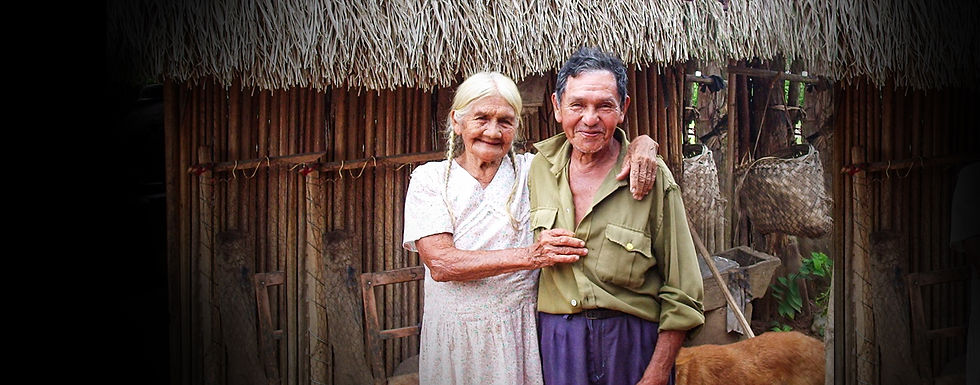
Los Baure
La tribu Baure forma parte de los pueblos Arawak junto con Moxeños y Machineri.
Vivieron 1000 a. C. y llegaron a través de los ríos amazónicos a las llanuras de Moxos.
Estas tribus han construido terraplenes sobre los pantano s donde establecieron sus aldeas. Estos terraplenes estaban unidos por lo que parece ser una red hidrográfica de aproximadamente 6000 millas a través de la jungla con conexiones a los principales ríos, y fue utilizada para facilitar la pesca y el transporte durante la época seca.

Aunque en el presente, muy pocas personas conocen estas fascinantes construcciones de canales localmente llamadas “Camellones”, aun hoy es posible apreciarlas cuando se sobre vuela el area o adentra en la selva.
Desde el siglo VII d.C., una parte considerable de la población Arawak se mudó al sur caminando principalmente por el fondo de los montes andinos y la costa del río Paraguay.
David en uno de los camellones.


Organización Política y Social
La tribu Baure estaba organizada en familias que formaban unidades económicas. Las familias eran muy grandes y estaban bajo el mando de un jefe con autoridad especial durante la guerra.
Hoy en día, la comunidad Baure está muy bien adaptada a la organización del Estado boliviano, que debido a su gran población de origen indígena, tiene una política de respeto a sus tradiciones ancestrales, pero también exige respeto a los diferentes niveles de gobierno e instituciones políticas.
En relación con su sistema organizativo original, el "Consejo Indígena" todavía está activo, aunque es una especie de figura nostálgica principalmente utilizada durante las ceremonias religiosas realizadas por el legado jesuita.


Economía Actual
Como en los viejos tiempos, la caza, la pesca y los cultivos familiares como el arroz, la yuca, el plátano y, en algunos casos, el maní, son actividades importantes para la economía familiar.
La actividad ganadera está vinculada solo a un grupo muy pequeño de familias y no está destinada al comercio local, sino al nacional.
El gobierno central genera alguna actividad económica, pero esta apenas afecta al 7% de la población local.
Para las familias locales, la cosecha de “chocolate”, como ellos llaman a la recolección del cacao, es actualmente la fuente de ingresos más importante. Esta actividad que se lleva a cabo de diciembre a marzo representa para ellos un promedio de hasta el 70 a 80 por ciento de sus ingresos anuales.
En 2001, cuando comenzamos nuestras actividades, una economía de trueque dominaba en la comunidad, pero debido a la inyección económica generada por la actividad del cacao silvestre, desde entonces ha cambiado progresivamente. A pesar de esto, el intercambio de bienes sigue siendo un método muy popular.
Situación Actual
En Baures, el dialecto local y la cultura en general están desapareciendo lentamente debido a la globalización en constante crecimiento.
A pesar de ello, la situación actual garantiza el respeto a las poblaciones aborígenes.
La ley boliviana ha creado una figura llamada "Tierras Comunitarias de Origen" para otorgarles derechos culturales, sociales y económicos. Protegiendo de esta manera no solo sus propios dialectos y hábitos culturales en general, sino también otorgándoles la propiedad comunitaria de su territorio. Esto incluye el derecho de auto gobernar sus recursos naturales, siempre que esto no sea contrario al resto de la normativa nacional.
El área Amazónica donde operamos no es la excepción. Los miembros de la comunidad son dueños de la tierra y no hay propiedad privada respecto de sus frutos, como el cacao silvestre.

Cualquier habitante que decida usar respetuosamente los recursos naturales, es libre de hacerlo bajo el único derecho de ser parte de la Comunidad Baure.
En resumen, el acceso a la selva y la regulación de cómo usarla resulta ser una actividad armónica, con un impacto ambiental, social y económico altamente positivo.




